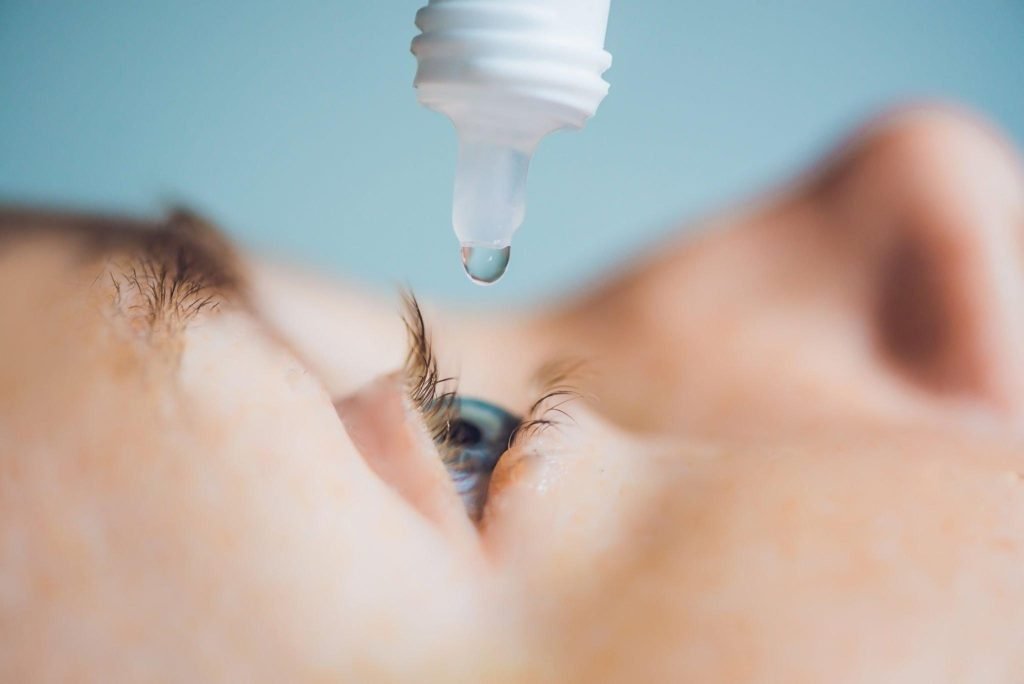Colloidal silver has gained popularity as a natural remedy for various health conditions. Its purported benefits include antibacterial, antiviral, and antifungal properties, leading people to explore its use for eye health. However, it is crucial to understand the safety concerns associated with colloidal silver before using it on or near the eyes.
Colloidal silver is a suspension of silver nanoparticles in a liquid base. It has been used for centuries for its potential health benefits. The silver particles in colloidal silver are believed to possess antimicrobial properties that can help fight against certain pathogens.
What is Colloidal Silver?
Colloidal Silver is created by suspending tiny silver particles in a liquid, typically water. The size and concentration of the particles can vary depending on the manufacturing process. Proponents of colloidal silver claim that it can help boost the immune system and treat various infections.
Types Of Colloidal Silver
You can find Colloidal Silver in several types:
Uses Of Colloidal Silver
Colloidal silver has been used for a wide range of purposes, including:
Antibacterial Properties
One of the primary uses of colloidal silver is its antibacterial properties. It is believed to help kill or inhibit the growth of certain bacteria, potentially aiding in the treatment of bacterial infections.
Antiviral Properties
Colloidal silver has also been studied for its antiviral properties. Some research suggests that it may help inhibit the replication of certain viruses, although further studies are needed to confirm these findings.
Antifungal Properties
In addition to its antibacterial and antiviral properties, colloidal silver has been investigated for its antifungal effects. It may be useful in combating certain types of fungal infections
Check out our products below:
Safety Concerns Regarding Colloidal Silver
Despite its potential benefits, colloidal silver is not without its safety concerns. The primary concern is a condition called argyria, which is the irreversible bluish-gray discoloration of the skin and mucous membranes. Argyria occurs when silver particles accumulate in the body over time.
The Risk Of Argyria
Argyria is a rare but significant risk associated with the long-term and excessive use of colloidal silver. It is primarily a cosmetic concern, as the discoloration can be permanent. However, it does not typically pose serious health risks.
Potential Eye Irritation
When it comes to using colloidal silver for eye health, there is a potential for eye irritation. The delicate nature of the eyes and the sensitivity of the ocular tissues make it essential to exercise caution when considering the use of colloidal silver in or near the eyes.
Is Colloidal Silver Safe For Eyes?
The safety of colloidal silver for eye use is a matter of debate. While some proponents argue for its effectiveness in treating eye infections and conditions, others express concerns about its potential risks.
Research On Eye Safety
There is limited scientific research specifically focused on the safety and efficacy of colloidal silver for eye use. This lack of research makes it difficult to draw definitive conclusions about its safety.
Expert Opinions
Ophthalmologists and eye care professionals generally advise caution when using colloidal silver for eye health. They emphasize the importance of evidence-based treatments and recommend consulting with a qualified eye care professional before considering any alternative remedies.
Precautions For Using Colloidal Silver For Eye Health
If you are considering using colloidal silver for your eye health, it is crucial to take certain precautions to ensure safety and effectiveness.
Quality And Purity Of Colloidal Silver
Choose a reputable manufacturer that produces high-quality colloidal silver products. Look for products that have undergone rigorous testing and have clear labeling regarding their particle size and concentration.
Proper Dosage And Application
Follow the manufacturer’s instructions carefully for the dosage and application of colloidal silver. Applying excessive amounts or using it too frequently may increase the risk of adverse effects.
Consulting With An Eye Care Professional
Before using colloidal silver for any eye-related concerns, consult with a qualified eye care professional. They can provide guidance tailored to your specific condition and help you make an informed decision.
Conclusion
Colloidal silver has been touted for its potential health benefits, including its antibacterial, antiviral, and antifungal properties. However, the safety of using colloidal silver for eye health remains uncertain. While some individuals may find it helpful, it is essential to exercise caution and consult with an eye care professional before considering its use. Evidence-based treatments and expert guidance should be prioritized to ensure optimal eye health.
Frequently Asked questions
Q: Can I use colloidal silver for treating eye infections?
A: It is advisable to consult with an eye care professional before using colloidal silver for any eye infections. They can provide appropriate guidance based on your specific condition.
Q: Are there any alternatives to colloidal silver for eye health?
A: Yes, there are alternative treatments available for various eye conditions. It is recommended to consult with an eye care professional to explore safe and effective options.
Q: Can colloidal silver be used for contact lens disinfection?
A: No, it is not recommended to use colloidal silver for contact lens disinfection. Follow the guidelines provided by the lens manufacturer and use approved lens care solutions.
Q: How long does it take for colloidal silver to show results for eye conditions?
A: The efficacy of colloidal silver for eye conditions varies, and there is limited scientific research on its effectiveness. It is best to consult with an eye care professional for guidance.
Q: Is colloidal silver safe for children’s eyes?
A: The safety of colloidal silver for children’s eyes is uncertain. It is crucial to consult with a pediatric eye care specialist before considering its use on or near children’s eyes
